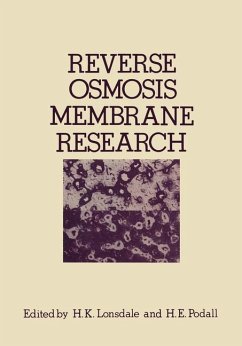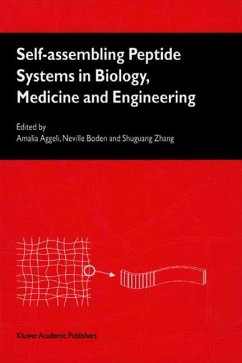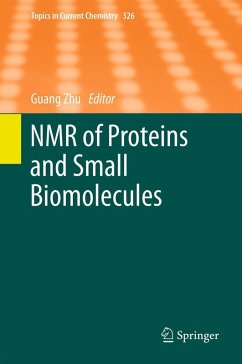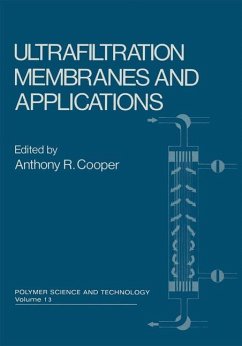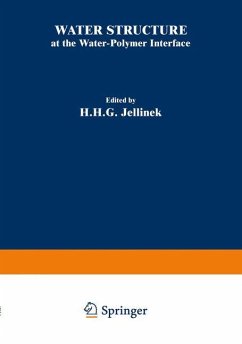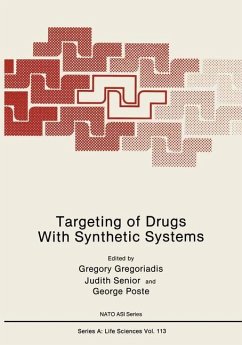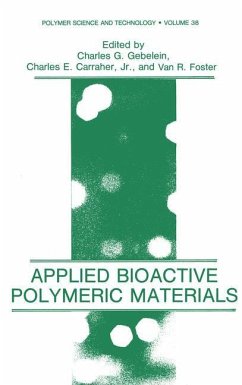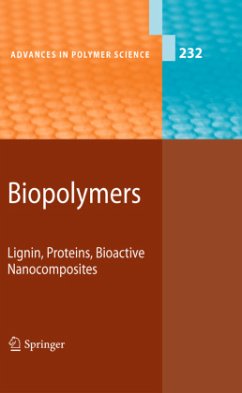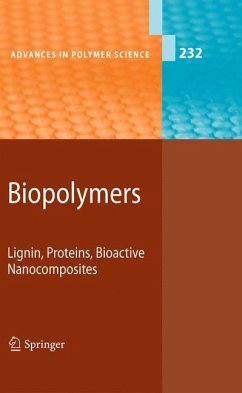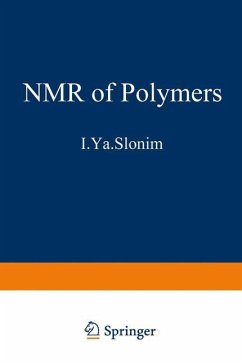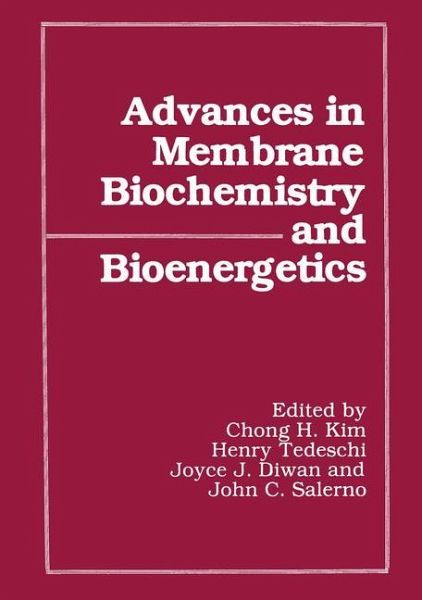
Advances in Membrane Biochemistry and Bioenergetics

PAYBACK Punkte
39 °P sammeln!
This book is formulated from the papers presented at the International Symposium on "Membrane Biochemistry and Bioenergetics," held at the Rensselaerville Institute, Rensselaerville, New York, August 1986, in honor of Tsoo E. King on the occasion of the 30th anniversary of reconstitution of arespiratory chain system by Professor David Keilin and Tsoo E. King. Professor Tsoo E. King, to whom this volume is dedicated, has made enormous contributions to the field of isolation and reconstitution of membrane proteins and has continued to explore the frontiers of bioener getics. In particular, his p...
This book is formulated from the papers presented at the International Symposium on "Membrane Biochemistry and Bioenergetics," held at the Rensselaerville Institute, Rensselaerville, New York, August 1986, in honor of Tsoo E. King on the occasion of the 30th anniversary of reconstitution of arespiratory chain system by Professor David Keilin and Tsoo E. King. Professor Tsoo E. King, to whom this volume is dedicated, has made enormous contributions to the field of isolation and reconstitution of membrane proteins and has continued to explore the frontiers of bioener getics. In particular, his persistent proposals on the existence of ubiquinone binding proteins from conceptualization to experimentation eventually convinced many scientists to study these proteins further . Professor King's preparation of reconstitutively active succinate dehydrogenase opened a new avenue in the fie1d of membrane bioenergetics, and his work has been greatly appreciated. The purpose of the symposium was to bring together scientists from diverse disciplines related to membrane bioenergetics to discuss the recent developments in the field. This symposium, initiated by the Capital District Bioenergetics Group, was attended by 100 scientists, 80 of whom presented their recent discoveries. The symposium was arranged in a sequence of platform lectures, poster presentations and discussion sessions so that all the participants had opportunities to discuss the subjects presented. Most of the participants contributed a chapter to this volume. We would like to express our regret to many other scientists including Professor King's friends, colleagues and students who could not attend due to various reasons.





